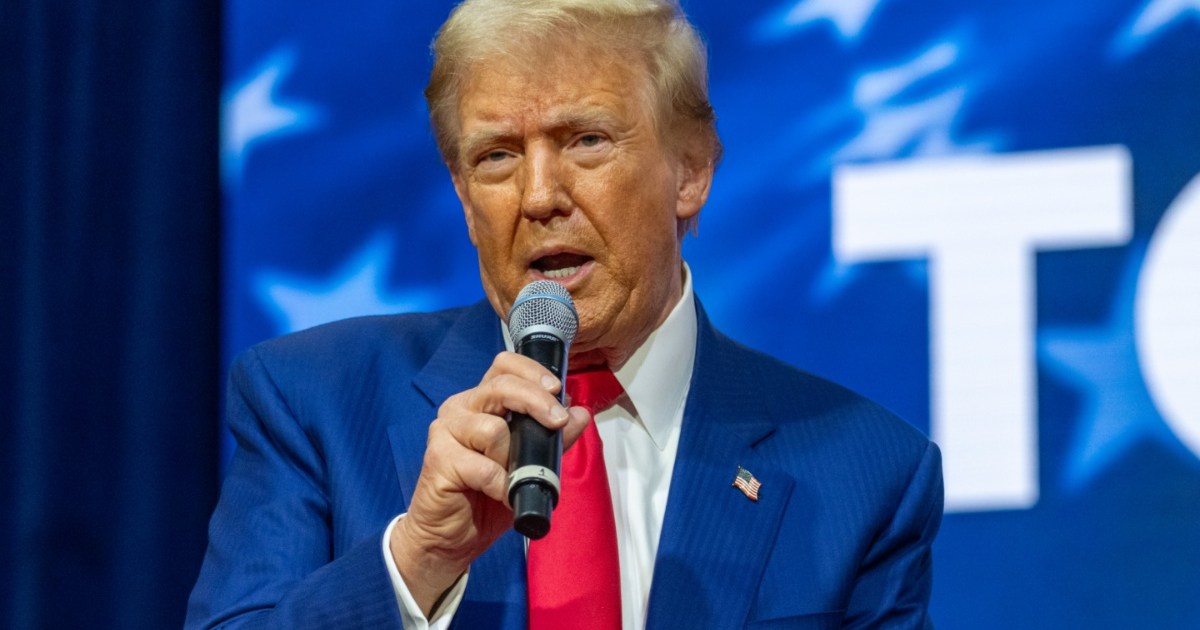As Donald Trump’s campaign stirs controversy by using Taylor Swift’s music, the clash between the former president and the pop star has captured widespread attention. Trump’s history of criticizing Swift due to her supporting his opponent Kamala Harris, combined with his use of her song “22” without permission, highlights the ongoing tension between politics and celebrity culture.
Here’s a closer look at Trump’s use of Swift’s song.
Donald Trump used Taylor Swift’s song for his campaign
Donald Trump’s campaign recently used Taylor Swift’s song “22” in a promotional video without her permission.
The clip was posted on his official Team Trump Instagram account’s story and featured women supporting Trump, singing along to the song before it transitions to another track. This comes despite his previous public statements expressing dislike for Swift, which adds a layer of irony to the situation.
Taylor Swift, a vocal critic of Trump, has made it clear she does not approve of his use of her intellectual property for political purposes. In the past, she endorsed Kamala Harris and criticized Trump’s AI-generated content, which falsely associated her with his campaign. Now, Swift’s fans speculate about a potential lawsuit.
This incident is not the first time Trump has reportedly used music by artists who oppose him for his political messaging. Various artists have previously asked him to stop using their songs, including during his 2020 campaign. Despite these requests, Trump’s campaign continues to use such content in its promotional material.
Given Swift’s strong stance on her political views and her track record of taking action when necessary, fans are waiting to see if she will respond legally to the unauthorized use of her song. While the singer has not commented further on this specific incident, her history suggests she may act at a later time.
Evidently, Donald Trump’s use of Taylor Swift’s song, despite his expressed disdain for her, has stirred reactions from both sides. As this situation unfolds, it could further highlight the ongoing conflict between artists’ rights and political campaigns.

